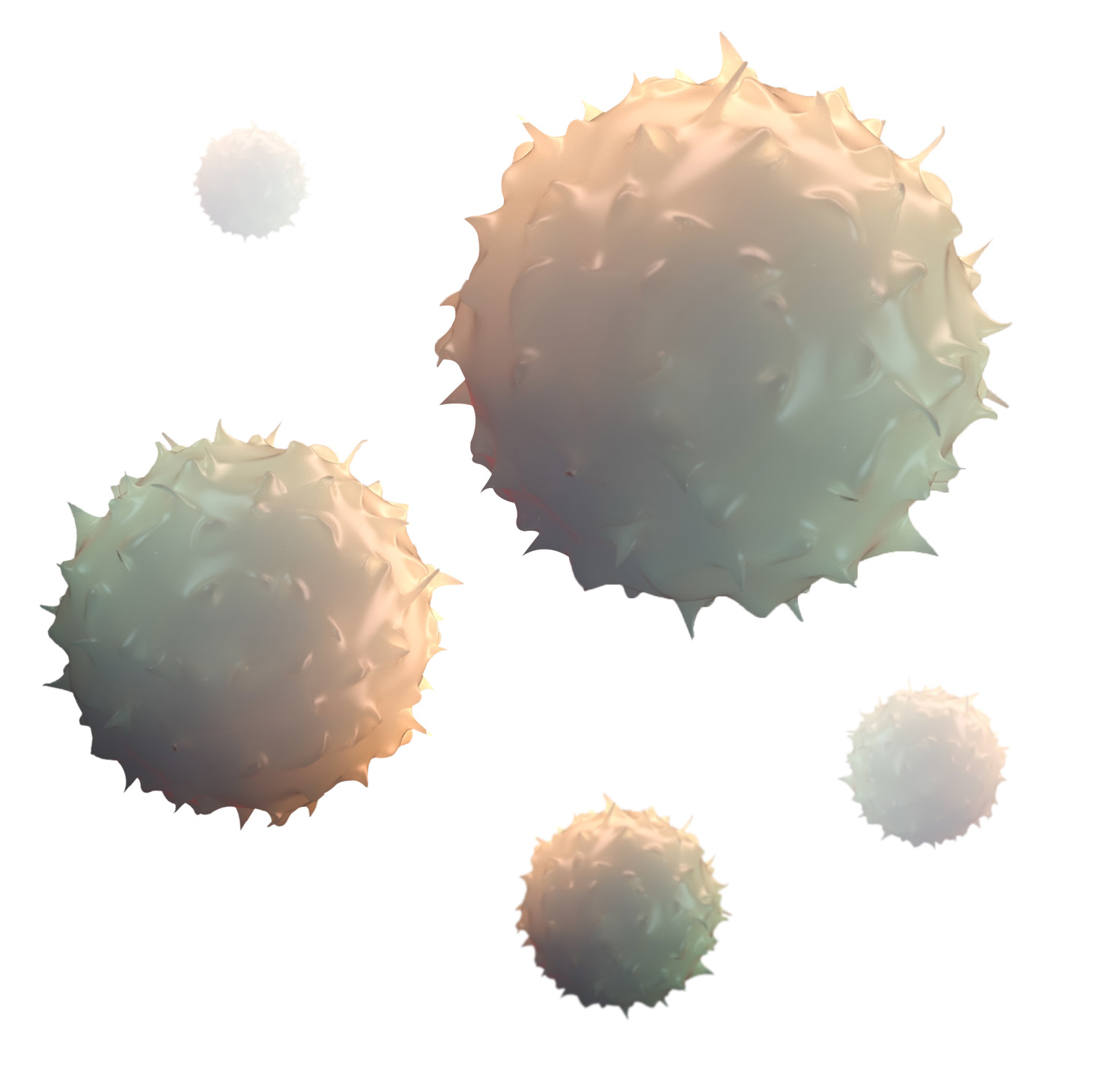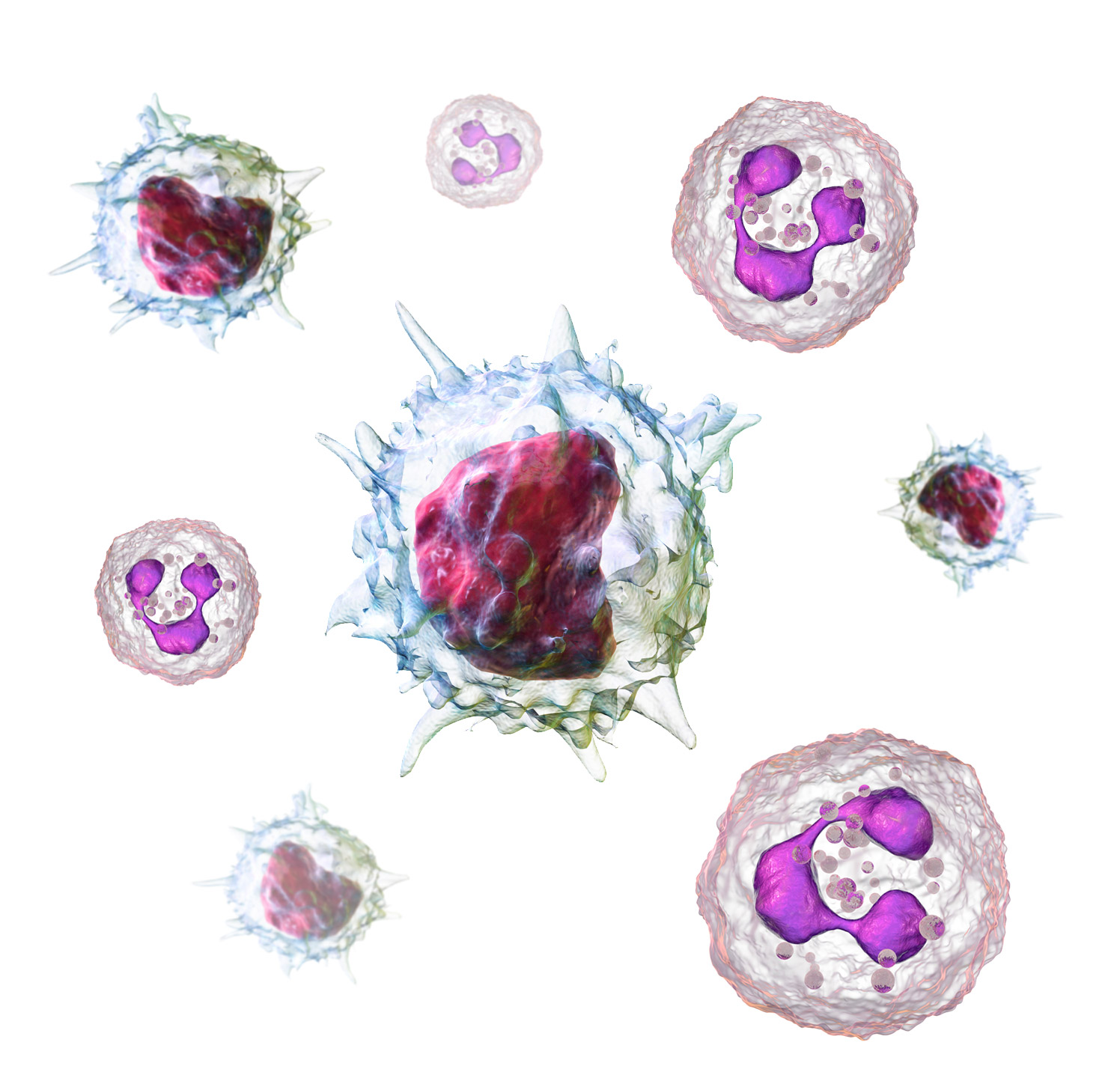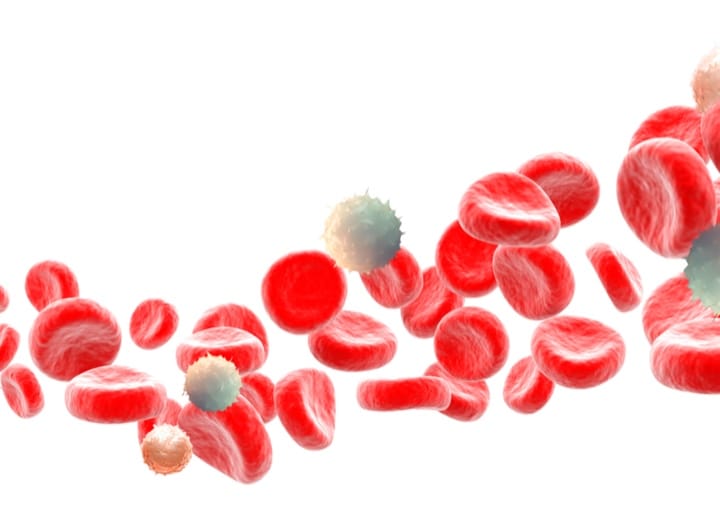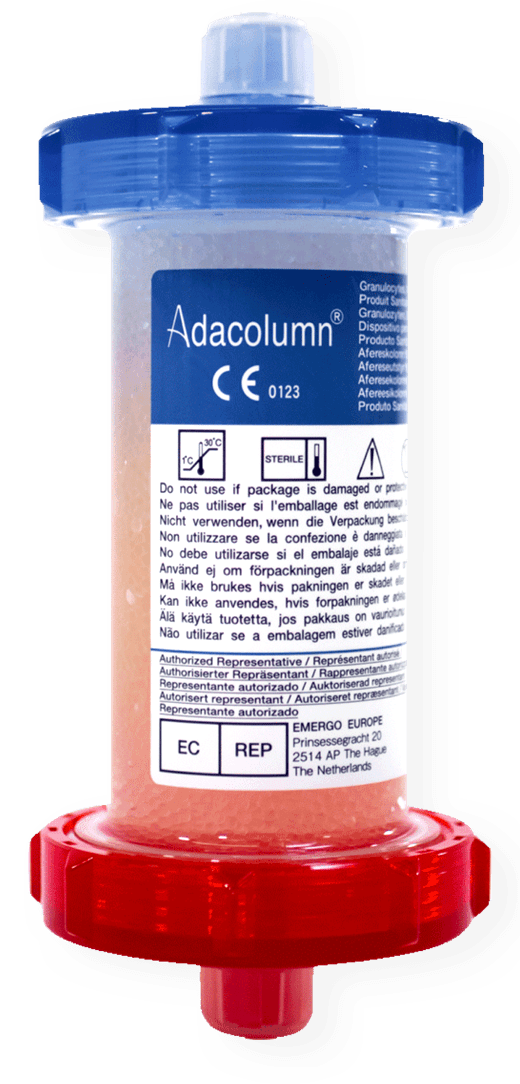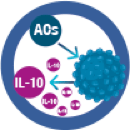Granulocyte-monocyte apheresis (GMA) acts specifically by preventing the migration of granulocytes (neutrophils) and activated monocytes to the gastrointestinal wall (1). Adacolumn® cellulose acetate beads have been shown to absorb circulating immunocomplexes and IgGs in addition to activating certain complement fragments (specifically C3a and C5a); this allows the system to selectively absorb granulocytes (via Fc receptors) and monocytes (via complement receptors). In addition to this “mechanical effect”, it has been found that cellulose beads can activate neutrophil apoptosis (which is reduced in UC).
Various studies have shown that cellulose beads and the presence of neutrophil apoptotic bodies also increase the synthesis of anti- inflammatory cytokines (IL-10, IL-1ra, HGF) and achieve the reduction of pro-inflammatory cytokines (TNF-α, IL-6, IL-8, IL-1β) (2). Due to the mobilization of white blood cells from the bone marrow, this “withdrawal” of activated neutrophils and monocytes from the bloodstream does not follow a reduction in the total number of these cells in the blood, because they are replaced by immature or inactive cells.
This would explain why the application of GMA is not accompanied by an increased risk of infections or tumours observed with most immunosuppressive drugs (1).
1.- Hanai H1, Takeda Y, Eberhardson M, Gruber R, Saniabadi AR, Winqvist O, Lofberg R. The mode of actions of the Adacolumn therapeutic leucocytapheresis in patients with inflammatory bowel disease: a concise review, Clin Exp Immunol. 2011 Jan;163(1):50-8.DOI: 10.1111/j.1365-2249.2010.04279.x. 2.- Saniabadi AR1, Hanai H, Takeuchi K, Umemura K, Nakashima M, Adachi T, Shima C, Bjarnason I, Lofberg R. Adacolumn, an adsorptive carrier based granulocyte and monocyte apheresis device for the treatment of inflammatory and refractory diseases associated with leukocytes. Ther Apher Dial. 2003 Feb;7(1):48-59. DOI: 10.1046/j.1526-0968.2003.00012.x

